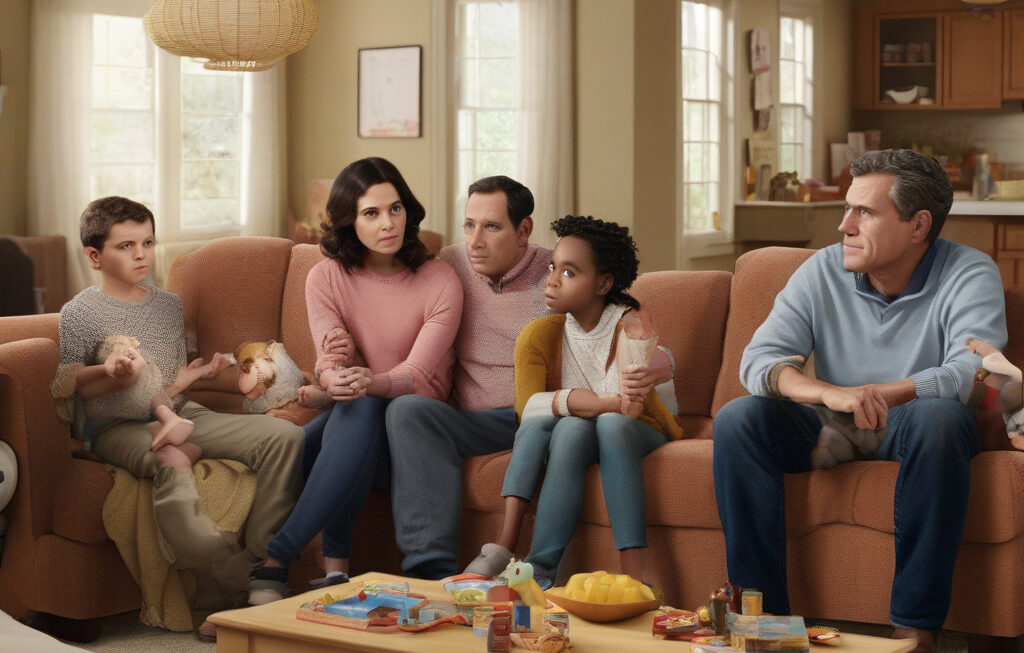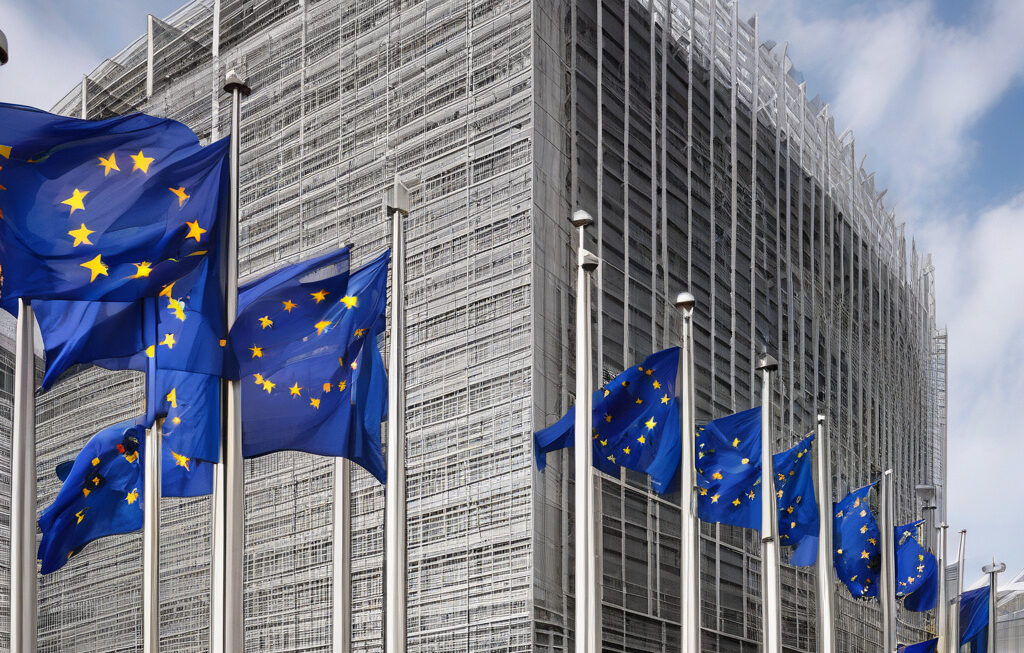Australia Reverses Its Stance and Restricts YouTube for Children Under 16
Australia is making a bold move in the realm of online child safety by implementing stringent restrictions on YouTube for users under the age of 16. Starting from December, the video-sharing platform must block accounts for Australians under 16, or risk facing massive fines. This decision marks a significant shift in Australia’s approach to protecting young internet users and raises important questions about digital regulation and safeguarding children in the online world.
The new regulations come as a response to growing concerns about children’s exposure to inappropriate content, data privacy issues, and online exploitation. By placing restrictions on YouTube specifically, the Australian government aims to create a safer online environment for young users who are particularly vulnerable to harmful online experiences.
YouTube, as one of the most popular online platforms among children and teenagers, plays a significant role in shaping their digital experiences. From educational videos to entertainment content, YouTube offers a vast array of resources that can both inform and influence young minds. However, the platform has also come under fire for its lack of robust age verification mechanisms and parental controls, allowing children to access content that may not be suitable for their age group.
By mandating that YouTube block accounts for users under 16, Australia is taking a proactive step towards ensuring that children are not exposed to content that is not age-appropriate. This move aligns with the broader global trend of increasing scrutiny on tech companies and their responsibilities to protect vulnerable users, especially minors.
While the decision to restrict YouTube for children under 16 is a positive step towards enhancing online safety, it also raises practical challenges and concerns. For instance, enforcing age restrictions on a platform as vast and diverse as YouTube is a complex task that requires robust technological solutions and continuous monitoring. Additionally, there is a risk that some users may find ways to circumvent the age restrictions, highlighting the need for ongoing vigilance and enforcement measures.
Moreover, the move may have broader implications for the relationship between governments and tech companies in regulating online content. Australia’s decision to impose restrictions on YouTube could set a precedent for other countries to follow suit and hold digital platforms more accountable for the content they host. This shift towards greater regulation and oversight may have far-reaching consequences for the future of online content consumption and digital citizenship.
In conclusion, Australia’s decision to restrict YouTube for children under 16 represents a significant development in the ongoing dialogue around online safety and digital regulation. By prioritizing the protection of young users and holding tech companies accountable for their platforms, Australia is sending a clear message that safeguarding children online is a top priority. As the digital landscape continues to evolve, it is crucial for governments, tech companies, and users to work together to create a safer and more responsible online environment for all.
child safety, YouTube restrictions, online regulation, digital citizenship, tech accountability












